#organisms
Text
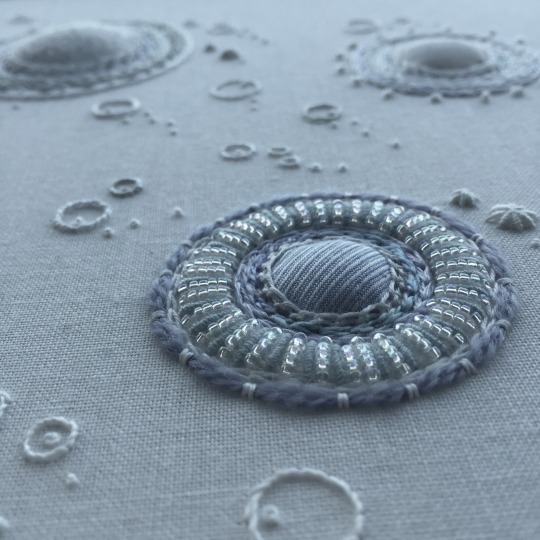




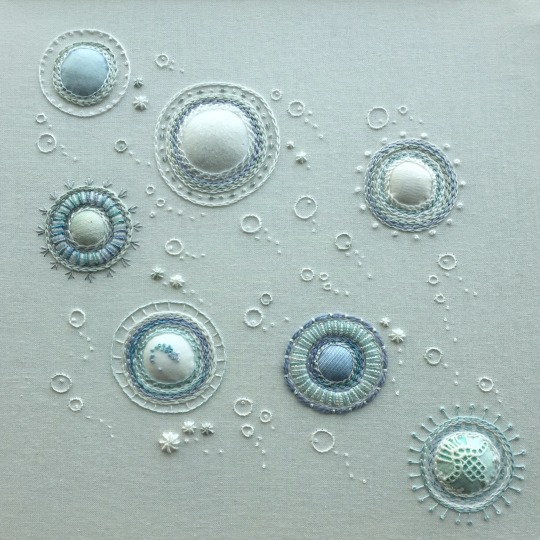
Floating, swimming, drifting. 2016.
935 notes
·
View notes
Text
saw a poll of which animal you'd choose to be reincarnated as and i wanted to create a broader range of options that included more families & organisms! so:
the ( ) brackets are for anyone who's not sure which species comes under each classification.
please feel free to specify in the tags, and please reblog for a larger sample size! <3
#pity for only 12 options#would have made a “multiple” option but it would have been the majority#gotta pick your FAVOURITE!!#i am predicting: a majority in canine feline and plant fungi#we'll see how it goes!#poll#tumblr polls#polls#animals#organisms#species#canine#feline#ungulate#mammals#birds#reptiles#amphibians#insects#bugs#arachnids#fish#shark#marine mammals#plants#fungi#mushrooms#canines#felines#spinny stuff
96 notes
·
View notes
Photo
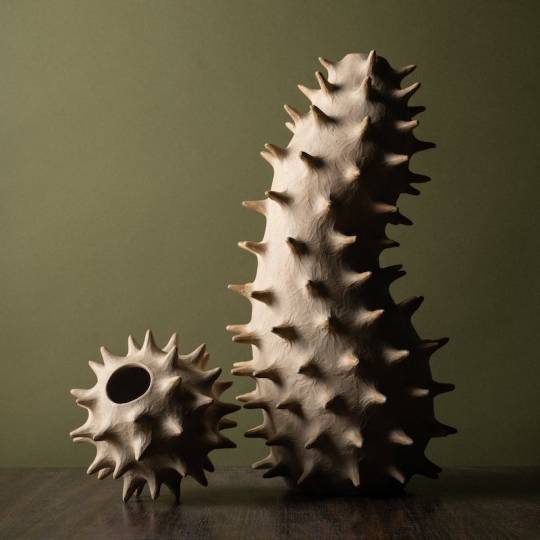


Amorphous Ceramic Vessels by Julie Bergeron Merge the Shapes and Textures of Organic Matter
661 notes
·
View notes
Text
Immensity is not in itself a good thing. A living man is worth more than a lifeless galaxy. But immensity has indirect importance through its facilitation of mental richness and diversity. Things are of course only large and small in relation to one another. To say that a cosmos is large is only to say that, in relation to it, some of its constituents are small. To say that its career is long is merely to say that many happenings are contained within it. But though the spatial and temporal immensity of a cosmos have no intrinsic merit, they are the ground for psychical luxuriance, which we value. Physical immensity opens up the possibility of vast physical complexity, and this offers scope for complex minded organisms. This is at any rate true of a cosmos like ours in which mind is conditioned by the physical.
Olaf Stapledon, A Note on Magnitude, Star Maker
#quote#Olaf Stapledon#magnitude#scale#cosmos#scifi#science#cosmology#organisms#universe#Stapledon#immensity#science fiction
41 notes
·
View notes
Text
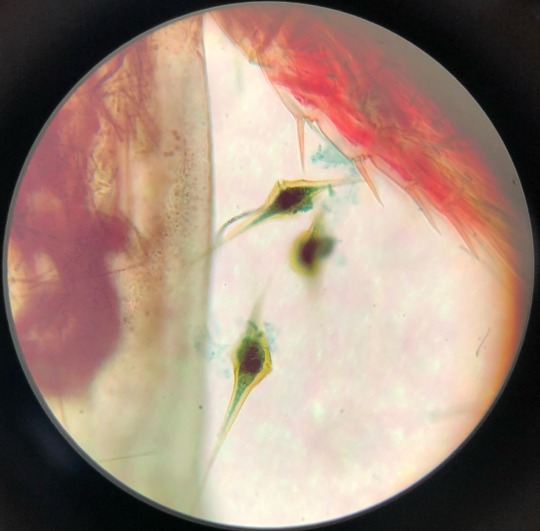
some dynophyta under a microscope! and some dynophyta fun facts:
dynophyta have cellulosic plates, called theca, that act as a protective layer for the cell
there’s a groove between the theca along the “waist” of the cell (girdle groove) and a groove between the theca on the end of the cell (trailing groove)
they have flagella in the grooves that allow this protist to be mobile
114 notes
·
View notes
Text
Little thing on parasites for my hyperfixation
(INFO GATHERED FROM CDC WEBSITE)
What is a parasite?
Any organism that feeds off of another (different species usually) in order to survive. This can be both internal and external, but most are internal. The host, or species the parasite is benefiting off of or harming, never benefits from this and can be damaged from being the victim of the parasite. In this form, we are mostly talking about their effect on humans, so humans are always the host in the examples below unless specified.
What are the main sub-classes?
Protozoa
Traits- microscopic, single celled, able to multiply in humans, often transferred through a fecal-oral route or contaminated water. Some travel through insects such as mosquitoes as well for one's that are inside blood and tissue. They can live on their own or be parasitic.
Infectious subclasses- sarcodina, mastigophora, ciliophora, sporozoa
Helminths
Traits- large, multi celled, most times visible in their adult stages, and cannot multiply in humans. They can live on their own or be parasitic.
Worm subclasses- Flatworms, thorny head worms, roundworms
Ectoparasites
Traits- can be visible most times, living organisms like insects, mostly relate to human skin (burying or attachment), and very broad class. This includes arthropods. They can either just be parasitic in nature or can carry diseases with them such as malaria or lyme disease.
Specific species- ticks, fleas, lice, mites, and mosquitoes (but those aren’t officially recognized as much)
Parasitic infections
So, these aren’t really parasites, but they are classified as a subtype because they are diseases often spread by parasites (most often ectoparasites). They are less parasites on their own and more often results of being the host to a parasite or the disease that is more likely to kill you than the parasite itself. More of a symptom than the actual cause, but still deadly in its own right and needs to be taken into account.
Examples- malaria, head lice, toxoplasmosis, trichomoniasis, etc.
#mad science#mad scientist#sciencecore#parasite#parasitic#im hyperfixating again#we hyperfixating#hyperfixation#tw parasites#tw disease#healthcare#parasitic infections#organisms#science#biology#worms#parasites#infectiousness
33 notes
·
View notes
Photo


Landscapes on the planet Whiterain, from my sci-fi project!
Read more about this world on my Deviantart: https://www.deviantart.com/starfieldhouses/art/Whiterain-from-space-767963496
These have been newly added to my print store at https://www.inprnt.com/gallery/starfielddomicile/
#aliens#speculative evolution#astrobiology#exoplanet#otherworlds#space art#organisms#weird#bizarre#zoology#anatomy#life forms#creatures#critters#cosmic#space exploration#futurism#fantas#sci-fi
81 notes
·
View notes
Text
So. Much. Life !!!
(Rotten milk... Again... And these little things swimming everywhere are paramecia)
#life#microscope#biology#microbiology#microscopic life#microorganisms#nature#little animals#paramecium#milk#rotten#food#protists#paramécie#disgusting#organisms#organic#eukaryotes#cells
130 notes
·
View notes
Text
How much Life do we actually know?
4 notes
·
View notes
Text
Seras: What's an orgasm?
Anderson: It's when you fold paper into little birds.
Alucard, That's oregano, you idiot!
Pip: MEP! Both wrong! It's a living thing, a normal organism!
Integra:
Integra: I think I'm having a stroke...
#shitpost#pineapple#hellsing ultimate#hellsing#alucard#alexander anderson#seras victoria#sir integra#pip bernadotte#yes#just yes#this is a conversation they would have#tell me i'm wrong#tw sex mention#i guess?#oregano#origami#organisms
28 notes
·
View notes
Text
Meet the creatures that cannot die (of old age)!


These little organisms are called hydra! They are freshwater polyps of the Cnidaria (jellyfish) phylum.
Hydra are unique because they do not die of old age, nor do they age at all. They also have amazing regenerative abilities - cut a hydra in half, and you will create two hydra instead. Thus, the creature is immortal and invulnerable to destruction if at least part of it remains
8 notes
·
View notes
Photo
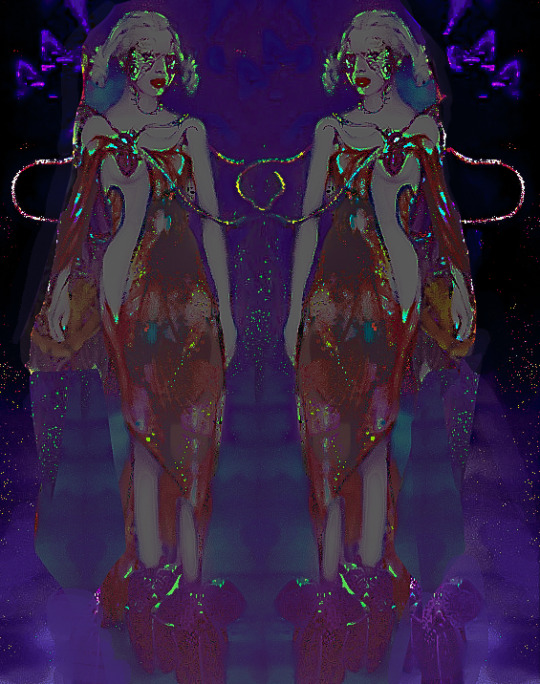
Inspired by ‘The Two fridas’ by Frida Kahlo and Carcass’ Torn Arteries Album Cover.
Pulsating Vegetation, 2022
6 notes
·
View notes
Photo

Today has been another day of #taxonomy #studying with the lovely video walk throughs from our lecturer's @ukadventuregurl and Andy Foggo. Using the lovely Bible of Taxonomy #haywardandryland Handbook of the Marine Fauna of North-West Europe #plymbio #revision #marinebiology #organisms #marinelife #identification https://www.instagram.com/p/Cp6HecithPD/?igshid=NGJjMDIxMWI=
#taxonomy#studying#haywardandryland#plymbio#revision#marinebiology#organisms#marinelife#identification
8 notes
·
View notes
Photo

Waterfleas carrying eggs
A Striking Short Film Documents the Otherworldly Organisms Living Just Beneath the Water’s Surface
With the aid of multiple microscopes, filmmaker and photographer Jan van IJken (previously) unveils the otherwise imperceptible maneuvers and bodily transformations of plankton. He focuses on a diverse array of underwater organisms, which all fall under the same taxonomy because of their inability to swim against the tides and are crucial to life on Earth, providing half of all oxygen through photosynthesis. Set against black backdrops, the marine drifters appear otherworldly in shape and color, and the filmmaker documents water flea eggs visible through translucent membranes, the spiked fringe of cyanobacteria, and the minuscule movements of various creatures as they wriggle across the screen.
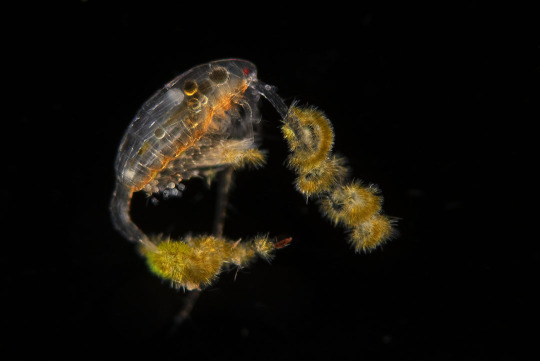
Copepod with diatoms attached

Echinoderm larva

Gloeotrichia – Cyanobacteria
#jan van ijken#photographer#filmmaker#microscopes#short film#organisms#plankton#nature#cyanobacteria#waterfleas#copepod#echinoderm larva#gloeotrichia
31 notes
·
View notes
Text

#studyblr#notes#medblr#medical notes#med notes#biology#biology notes#bio#bio notes#levels of organization#biological levels of organization#levels of biological organization#organs#organ systems#cells#tissues#organelles#molecules#atoms#organisms#biochemistry#organization
5 notes
·
View notes
Photo
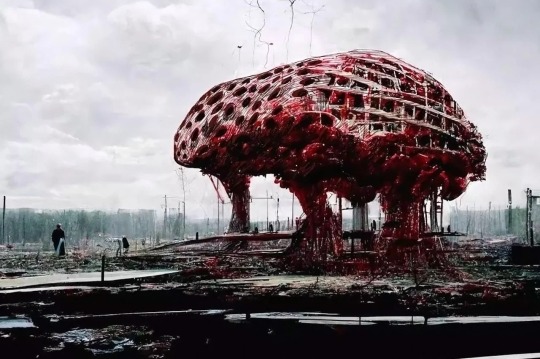


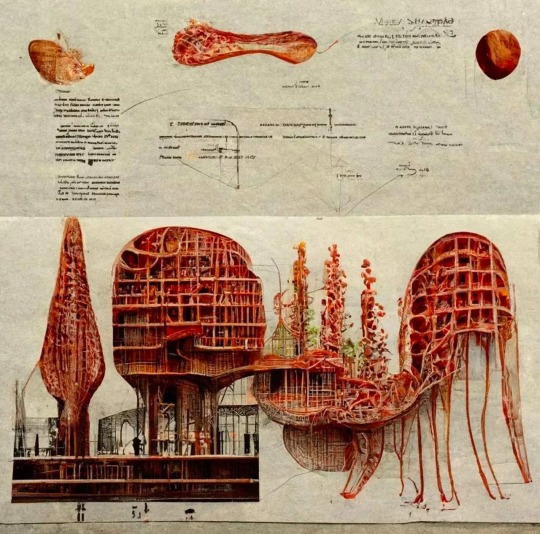
’AI House’
Mohamad Rasoul Moosapour Concept
#art#design#architecture#organic#monster#creature#surreal#mohamad rasoul moosapour#concept#AI#artificial intelligence#dystopia#organisms#midjourney#cgiart#render#creepy#freak
9 notes
·
View notes